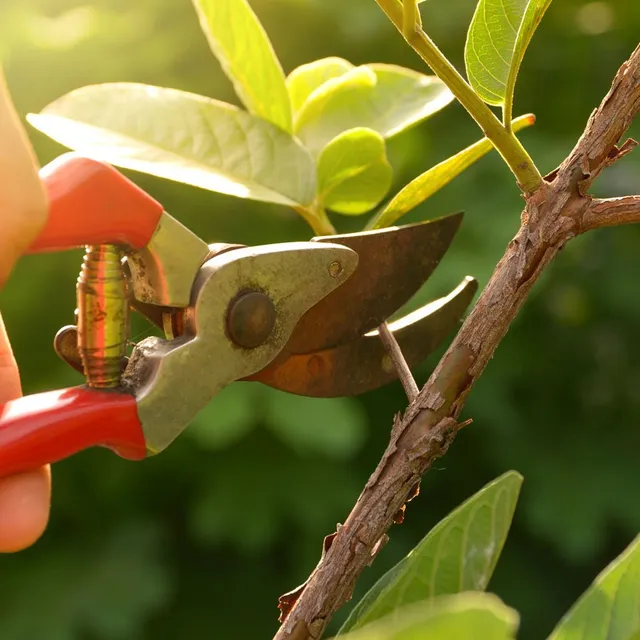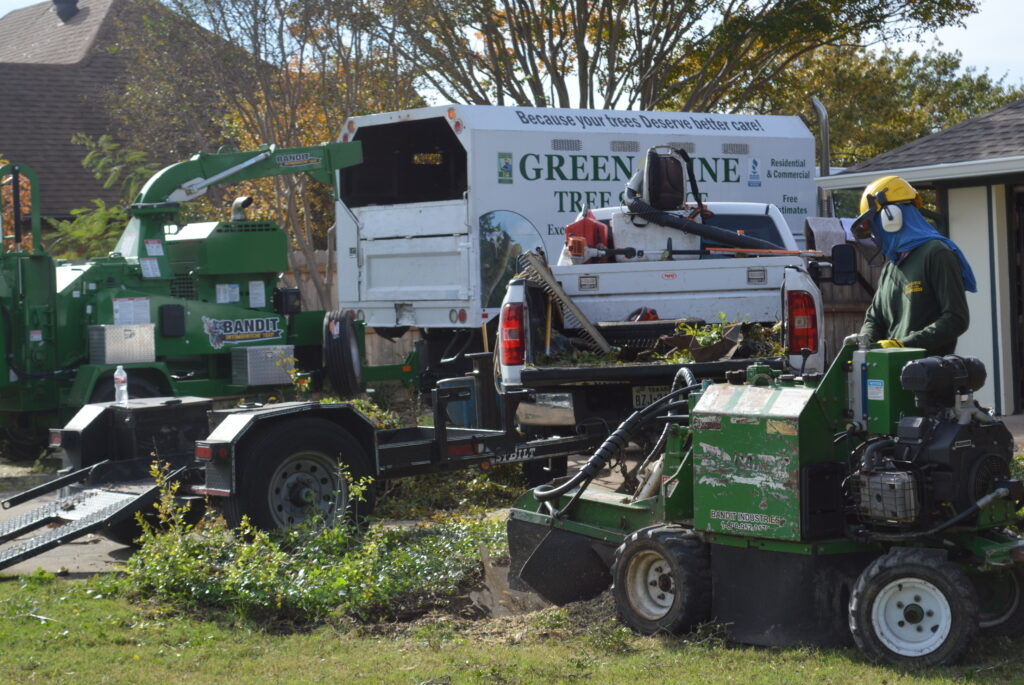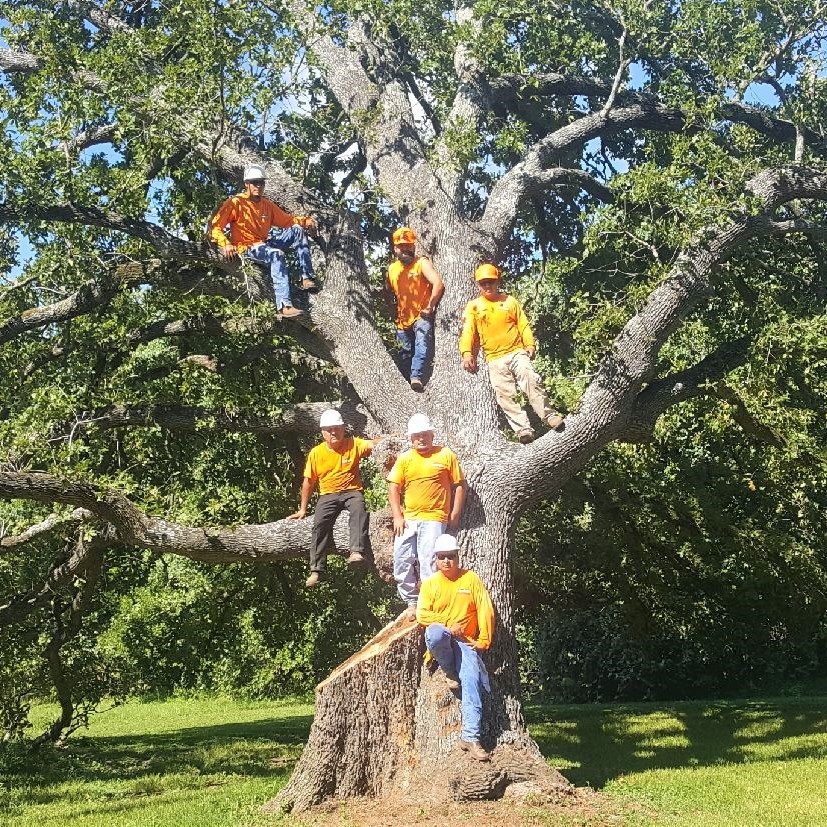Spring Tree Care: Essential Tips for a Thriving Garden
Spring is the season of renewal, and for trees, it’s a critical time to recover from winter dormancy and prepare for a season of vigorous growth. Proper spring care ensures trees stay healthy, beautiful, and resilient, providing shade and beauty to your landscape year-round. In this guide, we’ll walk you through essential spring tree care tips to help your trees thrive.
Why Spring Tree Care Matters
Trees awaken from winter dormancy in spring, entering a period of rapid growth and energy production. Spring tree care is vital as it prepares them to handle seasonal challenges like pests, diseases, and extreme weather. A little effort now will pay off with a healthy tree that adds value to your home and enjoyment to your yard.
Assessing Tree Health After Winter
The first step in spring tree care is a thorough inspection to assess winter damage. Look for:
Broken Branches – Ice and wind can snap branches, which can lead to more extensive damage if not trimmed.
Frost Damage – Frost can cause browning or cracking in bark and leaves, especially on young trees.
Signs of Disease – Look for discolored patches, oozing sap, or unusual leaf growth, as these can indicate disease or infection.
Pruning Your Trees
Why Pruning in Spring?
Spring pruning is perfect for most deciduous trees, as it helps remove dead or damaged branches, promoting healthier growth. Pruning also allows sunlight to reach inner leaves, which improves the overall structure and appearance of your trees.
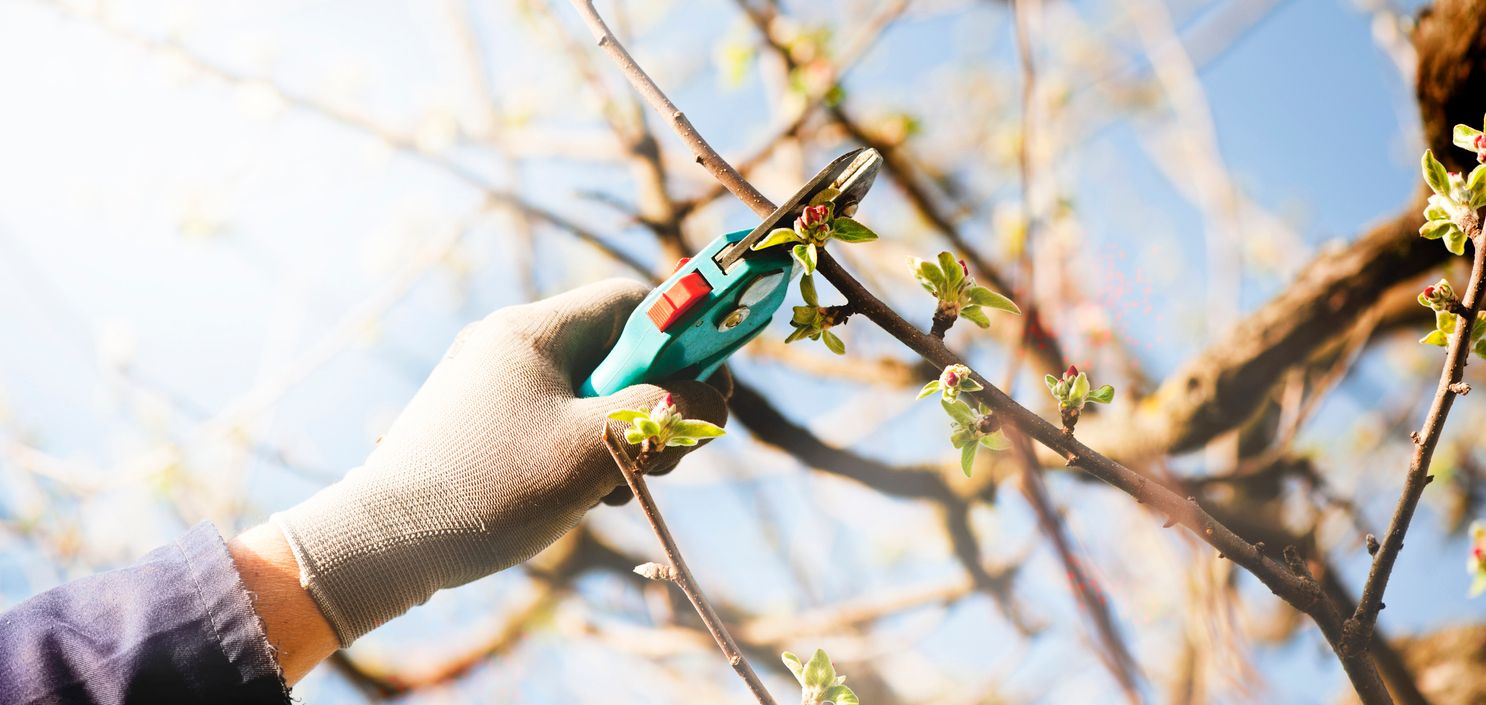
How to Prune Properly
Use sharp tools to make clean cuts and avoid tearing bark. Focus on removing:
Dead branches
Branches growing too close together
Limbs that are too low or obstruct pathways
Tip: Avoid over-pruning, which can stress trees. When in doubt, prune conservatively and consult a professional for larger trees.
Fertilizing Your Trees
Choosing the Right Fertilizer
Spring is ideal for fertilizing, as trees absorb nutrients rapidly. Choose a balanced, slow-release fertilizer or one designed for specific needs, like high nitrogen for leafy growth or phosphorus-rich blends for flowering trees.
How Much Fertilizer Do Trees Need?
Younger trees need more frequent, lighter feedings, while mature trees benefit from annual applications. Follow package guidelines and consider consulting a local arborist if you’re unsure of your tree’s specific needs.
Watering Tips for Spring
Early Spring vs. Late Spring Watering Needs
In early spring, trees need less water as they emerge from dormancy. By late spring, as temperatures rise, increase watering frequency. Newly planted trees and younger trees may need more water, so monitor soil moisture levels regularly.
How Much Water is Enough?
Water deeply rather than frequently. A good rule of thumb is to water until the soil is moist at least 6 inches down. Too much water can cause root rot, so be sure to check the soil’s moisture level before you water.
Mulching Around Trees
Mulching is an effective way to conserve moisture, prevent weeds, and regulate soil temperature. Apply mulch in a 2-3 inch layer around the tree’s base, but avoid piling it against the trunk, as this can lead to rot and pests.
Best Types of Mulch: Organic options like wood chips, bark, and composted leaves add nutrients to the soil as they decompose.
Pest and Disease Prevention
Common Pests in Spring
Watch for common spring pests like aphids, caterpillars, and beetles. These pests can quickly damage young leaves and shoots. Use organic or targeted pest control options to manage infestations early.
Disease Prevention Tips
Fungal diseases thrive in the moist conditions of spring. To prevent disease:
Prune dead branches promptly.
Steer clear of watering from above, as it encourages the development of fungal growth.
Use fungicides if necessary, but always as directed.
Protecting Young Trees
Young trees are more vulnerable to environmental stressors. Keep the soil consistently moist (but not soggy), and consider using a tree guard to protect against animals and pests. Mulching can also be helpful to retain moisture and prevent weeds.
Special Care for Flowering Trees
Flowering trees, like dogwoods and magnolias, need extra care in spring to produce abundant blooms. Fertilize with a bloom-boosting fertilizer, and prune any dead or crossing branches to improve air circulation and sunlight access.
Monitoring Tree Growth and Development
Observe your trees throughout spring for signs of healthy growth:
New leaves
Budding flowers
Strong, green shoots
If growth seems slow or uneven, consider adjusting your care routine, such as watering more frequently or applying a light fertilizer.
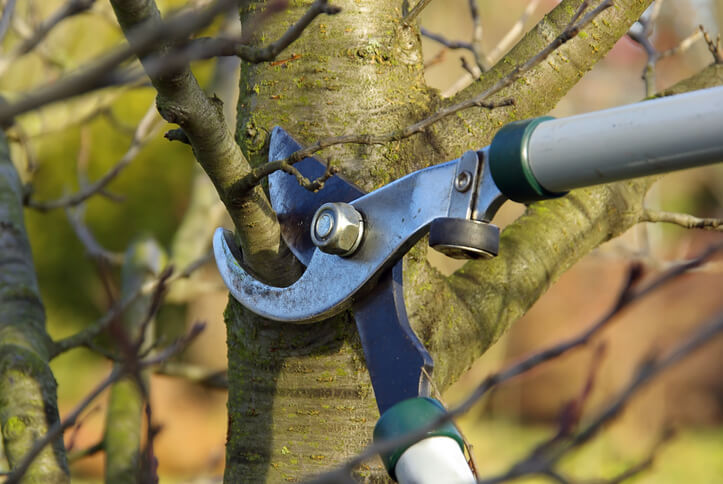
Organic vs. Chemical Tree Care
Both organic and chemical tree care options have their pros and cons. Organic products tend to be safer for the environment and help improve soil health over time, while chemical treatments can provide quicker results for pest and disease issues.
Organic Tips: Use compost, fish emulsion, or other natural fertilizers to enhance soil health and tree vitality.
Common Mistakes to Avoid in Spring Tree Care
Over-Fertilizing – Excess fertilizer can harm roots and attract pests.
Pruning Too Early or Too Late – Timing matters for healthy growth.
Neglecting Young Trees – Young trees need more consistent care to establish strong roots.
Conclusion
Spring is the season of growth, and your trees deserve a little extra TLC to prepare for the months ahead. With a few simple steps, from pruning to fertilizing, you can set your trees up for a healthy and vibrant season. Regular monitoring and proactive care are the keys to a thriving landscape.
